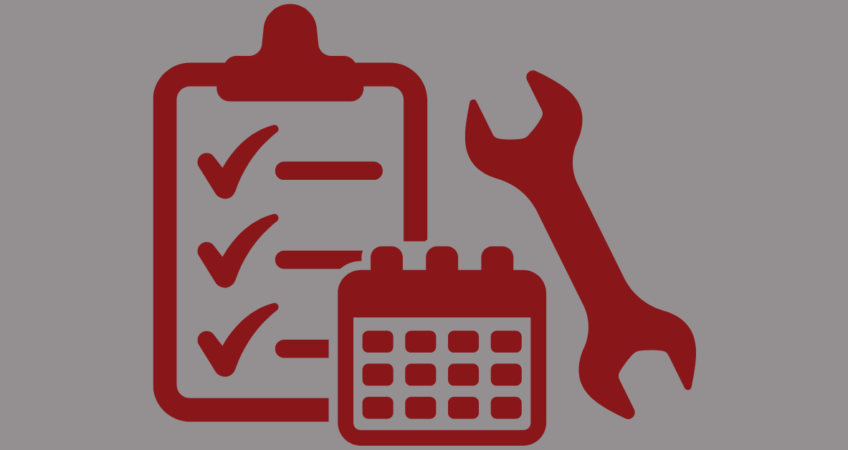Every community faces it: the temptation to put off maintenance. It seems like an easy way to save money, right? That fresh coat of paint can wait. The HVAC check-up can be skipped this year. But this practice, known as deferred maintenance, can lead to big problems down the road. While it might seem like a smart financial move in the short term, it can end up costing four times as much—or more—in the long run.
Why Do We Defer Maintenance?
It’s not always because people don’t care. Usually, it’s for one of these reasons:
- Saving money: Boards often want to keep costs low for residents. Maintenance doesn’t always show immediate, visible results, so it’s an easy item to cut from the budget.
- “If it ain’t broke…” attitude: A common misconception is that if something is still working, it must be fine. But many systems need regular tune-ups to prevent future failure.
- Lack of knowledge: Board members may not have a background in infrastructure. They might not be aware of what maintenance is necessary or what the consequences of skipping it are.
- Not enough help: Many communities are short-staffed when it comes to maintenance. With a small team, it’s tough to keep up with routine tasks, let alone non-emergency maintenance.
- Fear of disruption: People worry about shutting down systems for maintenance, even temporarily. But a planned shutdown is far less disruptive than a sudden, catastrophic failure.
The Real Cost of Skipping Maintenance
The consequences of deferred maintenance are the same no matter the reason. When you put off necessary repairs, you’re not just kicking the can down the road; you’re creating a bigger, more expensive problem.
- Shorter Lifespan: An asset that isn’t properly maintained can have its service life cut in half or more. That means you’ll be replacing things like roofs, boilers, or other expensive systems much sooner than you should.
- Reduced Efficiency: Neglected equipment runs less efficiently. For things like HVAC systems, that means you’ll see your energy bills go up, costing the community money every single month.
- Collateral Damage: A small issue can lead to a bigger one. For example, a minor roof leak can lead to mold, water damage, and a host of other problems. You end up paying to fix the original issue and all the damage it caused.
- Safety Hazards: This is the most serious consequence. Skipped maintenance can lead to things like trip hazards from damaged sidewalks, unhealthy air from moldy HVAC systems, and even non-functioning security or fire safety systems.
How to Escape the Trap
So, what’s the solution? You can start by taking these simple steps to move away from deferred maintenance and toward a more proactive approach.
- Make a List: Start by identifying what maintenance tasks have been put off and why. You can’t fix a problem until you know its true size. Once you have a clear picture, you can create a plan.
- Prioritize: You won’t be able to fix everything at once. Focus on the most critical items first that could cause major disruptions, financial losses, or safety issues if they fail.
- Communicate the Plan: The board will need to get the community on board. Show them where deferred maintenance has led to problems in the past, lay out a clear plan for what you’ll do, and explain the costs and long-term benefits. Numbers talk. When people see how much they can save by investing in maintenance now, they’ll be more likely to support it.
Changing the culture around maintenance takes time, but it’s worth it. By investing in proper care and repairs now, you’re not just saving money; you’re protecting your community’s assets and its future.
Looking to get a Reserve Study to help you build your own maintenance plan? Feel free to submit your proposal request here.

